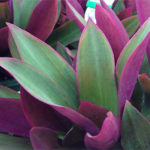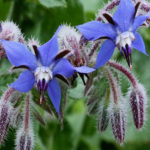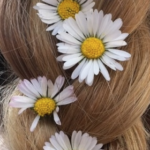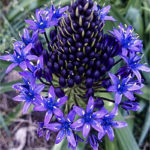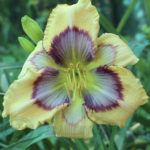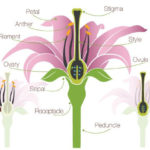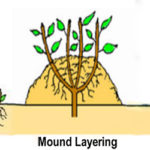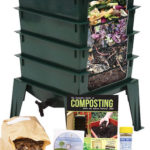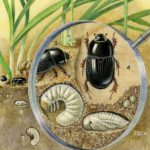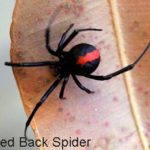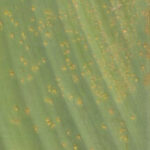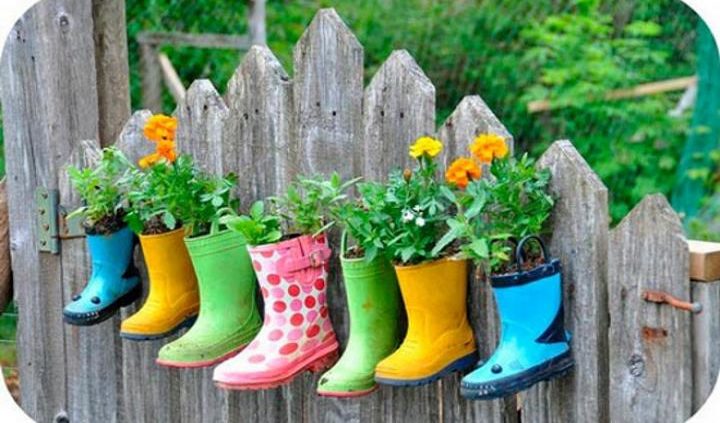
How To Create A Sensory Garden
Sensory Gardens: Benefits Autism And Special Needs Children
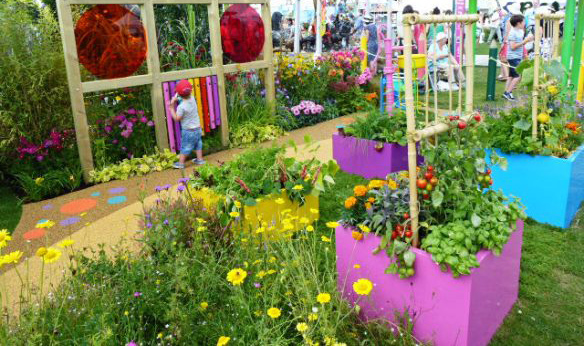 Gardening is a beautiful hobby for anyone to undertake. Planting can help you with everything from renewed creativity to improved self-confidence, but it can do even more for kids with special needs. Sensory gardens are used as a constructive tool for improving skills and thought processes in kids on the autism spectrum. Gardening has been found to generate a world of improvement beyond anticipation.
Gardening is a beautiful hobby for anyone to undertake. Planting can help you with everything from renewed creativity to improved self-confidence, but it can do even more for kids with special needs. Sensory gardens are used as a constructive tool for improving skills and thought processes in kids on the autism spectrum. Gardening has been found to generate a world of improvement beyond anticipation.
What Sort of Garden Provides the Most Benefit?
The truth is, Horticultural Therapy has been around for a very long time, but it has generated very little self-confidence. The therapy practice involves using plants, gardens, and the natural world to enhance cognitive, social, emotional, and physical attributes. It can be challenging to find a horticultural therapist. However, what can you do instead? Well, if your child is on the autism spectrum, they can still greatly benefit from gardening. The most productive and therapeutic method of gardening for children happens to be sensory gardening.
How Can You Create a Sensory Garden?
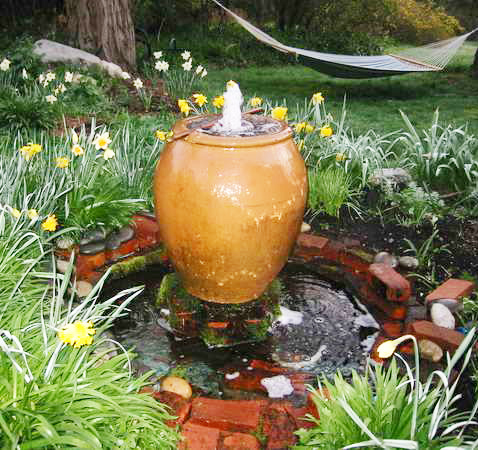 The goal of the sensory garden is to avoid plants that are poisonous or will give out an allergic reaction. Apply things to the sensory garden that will attract their attention and are easy to use and that can entice and enhance the sensory skills experience.
The goal of the sensory garden is to avoid plants that are poisonous or will give out an allergic reaction. Apply things to the sensory garden that will attract their attention and are easy to use and that can entice and enhance the sensory skills experience.
Sound you could plant bamboo, which makes a noise as the wind blows through it, to listen to nature sounds of birds and bees buzzing and birds chirping, moving water using water fountains containing swimming fish, water falls or flowers that attract birds and bees.
Touch your options are limitless. You could plant lamb’s ear that has ultra fuzzy leaves, edible moss, an array of flowers and herbs that are fit to eat, daylilies, cattail, clovers — wild or everyday safe eating plants. Any edible plants that can be eaten as long as they are not dangerous, you can use to create a variety of textures in the garden.
Smell is another option that is incredibly open. There are several types of aromatic plants, and smell often contributes strongly to memory, so you can pick out plants together that will bring back pleasant memories for years to come.
Taste is a fun part of gardening, although autistic children are not keen on eating coarse foods. Getting them to eat different fruits, textures and herbs that they and yourself have grown can be a wonderful experience.
Sight is the easiest of the senses to engage with a sensory garden. Colourful visual textures stimulate the Planting creeping, climbing, or upright plants can be visually stimulating, just as much as variants of colour. Colourful colours and contrast colours, cool colours within the playground equipment can be used. Flowers, pine bark, interesting foliage textures, used in the garden to stimulate the senses. Noticing their plants or trees grow from one year to many years and from day to day. Grow plants that attract butterflies, birds and insects.
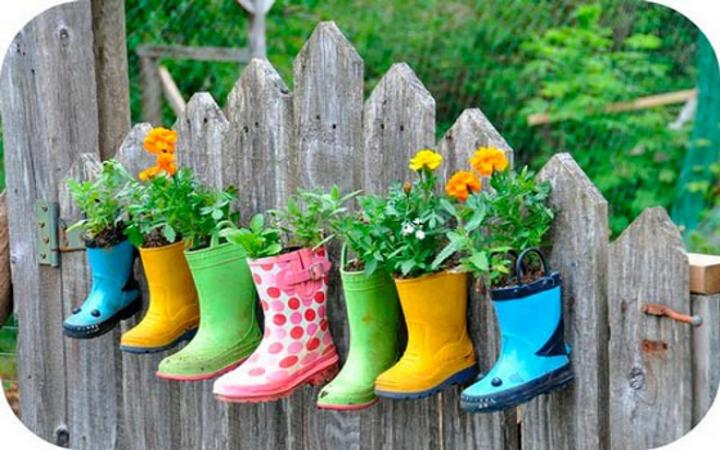
What Are the Benefits of Planting a Sensory Garden?
When digging and planting, children can improve motor skills in a playful, fun manner. The activity has been proven to reduce muscle tension, increase dexterity, lower blood pressure, and build endurance. With autistic children, ample opportunity to build socialisation skills through sharing discoveries, to communicate ideas efficiently with other children, and to follow instructions in a thorough and safe manner is given.
Children at an early age love to participate in playing in the garden they love to touch and smell things this is how they learn. Playing in mud, running through puddles are the obvious things, children do this because they like it, it is stimulating. There are many community sensory gardens, that are designed to stimulate the five senses and special needs gardening plays, a big part of early intervention for special needs children. This gives special needs children the best chance to succeed in life.



